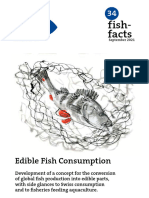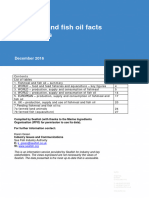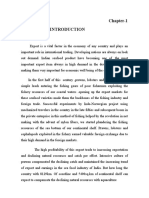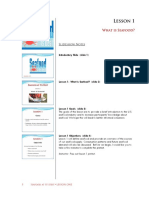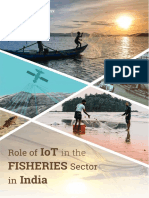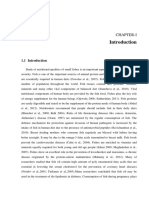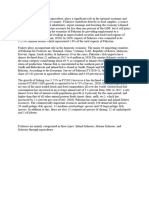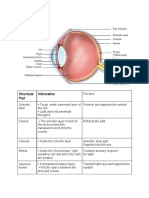0% found this document useful (0 votes)
14 views5 pagesUntitled Document
Fish is an important source of protein and nutrients consumed worldwide. Global fish consumption has increased faster than population growth and meat consumption since 1961, growing from 9 kg to 20.2 kg per capita annually. Asia now consumes over two-thirds of the world's 149 million tonnes of fish, while consumption in Europe, Japan and the US has decreased from 47% to 20%.
Uploaded by
Hajara FawaisCopyright
© © All Rights Reserved
We take content rights seriously. If you suspect this is your content, claim it here.
Available Formats
Download as DOCX, PDF, TXT or read online on Scribd
0% found this document useful (0 votes)
14 views5 pagesUntitled Document
Fish is an important source of protein and nutrients consumed worldwide. Global fish consumption has increased faster than population growth and meat consumption since 1961, growing from 9 kg to 20.2 kg per capita annually. Asia now consumes over two-thirds of the world's 149 million tonnes of fish, while consumption in Europe, Japan and the US has decreased from 47% to 20%.
Uploaded by
Hajara FawaisCopyright
© © All Rights Reserved
We take content rights seriously. If you suspect this is your content, claim it here.
Available Formats
Download as DOCX, PDF, TXT or read online on Scribd
/ 5


